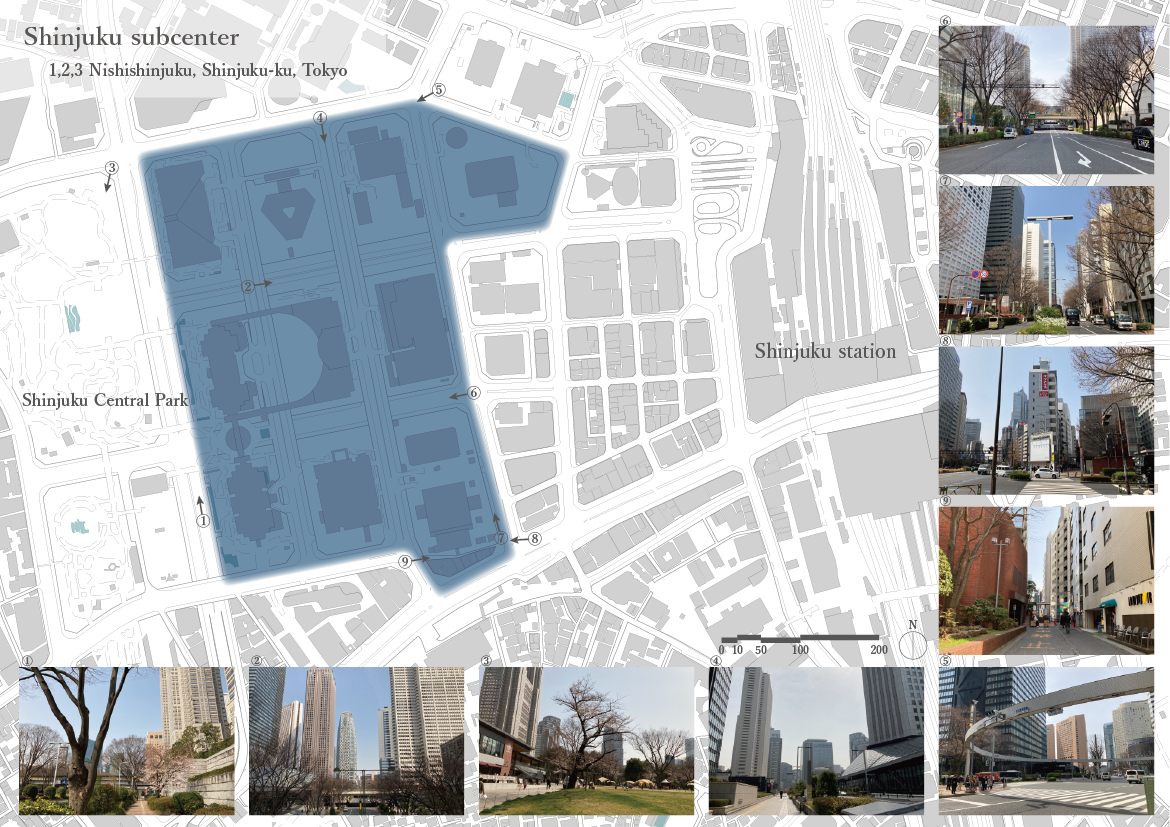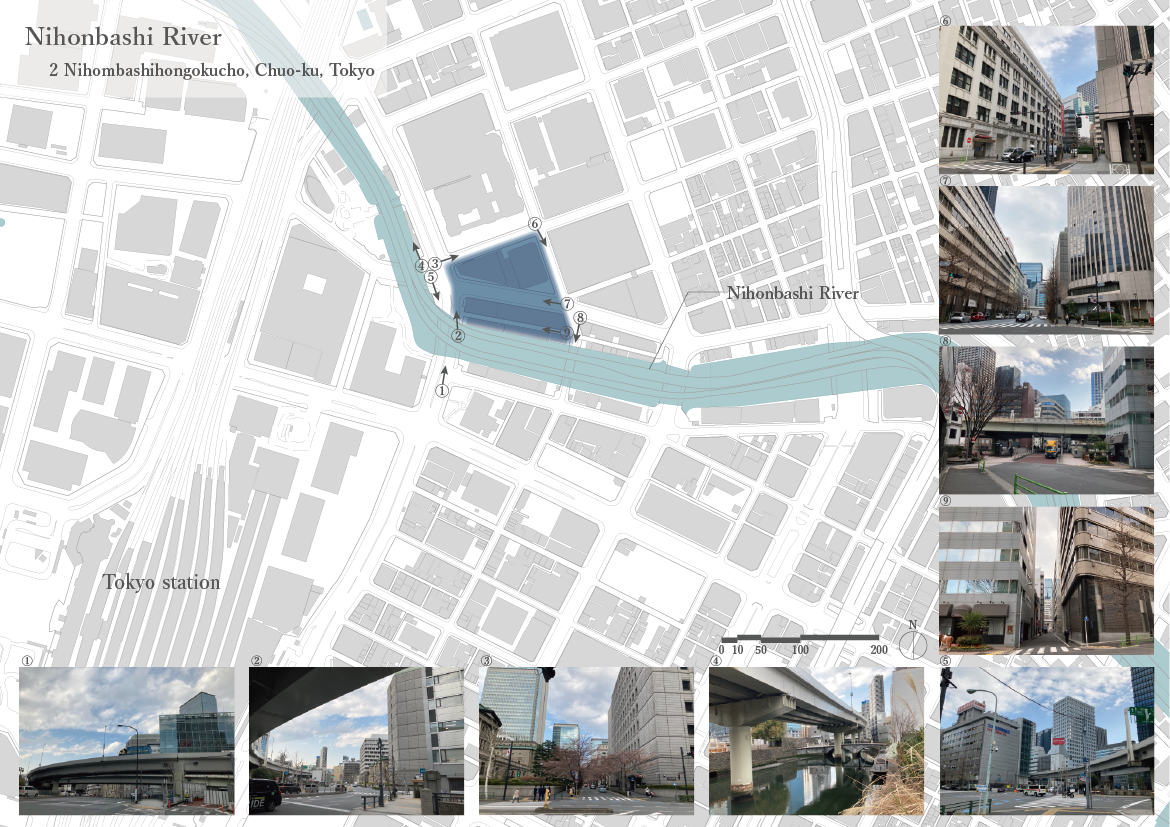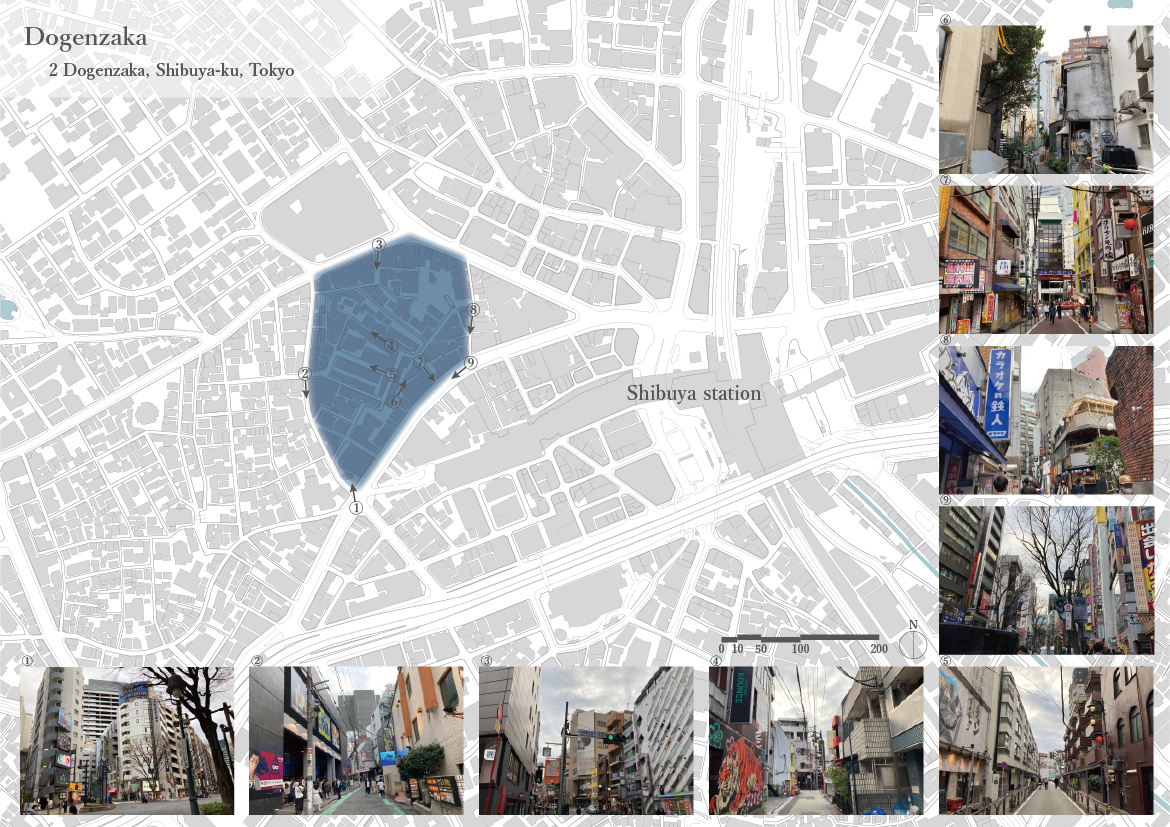|
Our social and economic activities are moving into a new phase. It is recognized that capitalist society which experienced a pandemic will lack sustainability if this capitalism goes on. There is a possibility that a situation will come where society will not be able to withstand the major changes in society and the redundancies that have been made so far. Various private sector technologies are being developed to achieve decarbonization, and governmentled measures such as emissions trading and energy policies are being implemented. Is it really possible to achieve this without changing our very lives and economic activities? Now that gathering is avoided, cities are forced to have low-density, and had their economic activity fundamentally undermined. The calculation of the measure of profitability and efficiency, the ratio of visitors attracted x area, is no longer valid. However, the value of gathering is not lost for now. It will be necessary to reaffirm the value of gathering. In spaces and things that cannot be possessed individually, emotions that can only be experienced on the spot, irreplaceable connections between people, there are spaces and times shared by people. Humanity has shared across nations by encountering various crises and recognizing that lives are threatened. The Internet has shared information instantly, such as infectious disease data, disaster risks, etc. And architecture has undergone significant changes. But merely responding to negative challenges and to crises does not give us new values of life and society. It cannot envision a new future. You must envision a new future value. Set a positive theme, imagine a city that realizes it, and design the architecture. Furthermore, the architecture must also solve the negative themes (issues). And I vaguely envision an open city. I think it is necessary to build a new society where value is created from sharing and a sense of abundance. Please select one of the following three sites and propose a design for an architecture that will realize your vision of a new society and city, along with your vision for the city. ■Shinjuku subcenter (1,2,3 Nishishinjuku, Shinjuku-ku, Tokyo) The subcenter that formed the backbone of the capital city of Tokyo during the era of rapid economic growth has come to the end of its role. What kind of work styles will develop in the skyscraper district, and what will be the shape of the new economic growth? ・Target area; Any site from the scope shown in the attached sheet ・Assumed floor space; approx. 1,000% ・Functions; Offices and other necessary functions ■Nihonbashi River (2 Nihombashihongokucho, Chuo-ku, Tokyo) With the undergrounding of the Metropolitan Expressway, a project to revitalize the Nihonbashi River is underway. What should the city with the Nihonbashi River regenerate and what kind of future of Tokyo should be envisioned? ・Target area; site shown in the attached sheet ・Estimated floor space; approx. 800% ・Functions; commercial, lodging, cultural, office, and other necessary functions ■Dogenzaka (2 Dogenzaka, Shibuya-ku, Tokyo) Development of the Shibuya Station district that will create an overwhelming centripetal force and significantly change the flow of people. What will transform the surrounding area into a new town with what as its attraction? ・Target area; Any site from the scope shown in the attached sheet ・Estimated floor space; approx. 600% ・Functions; cultural, commercial, lodging, and other necessary functions |



|
私たちの社会活動、経済活動は新しいフェーズへと移行している。 パンデミックを経験した資本主義社会は、このままの資本主義では持続性に欠けると認識された。 今までの冗長性では社会の大きな変化に耐えられない状況が来る可能性がある。 脱炭素を実現するために様々な民間の技術開発を進め、排出権取引やエネルギー政策など政府主導 で対策が行われている。果たして、私たちの生活そのものや経済活動を変えずに実現できるのだろ うか。 集まることを避け、低密度にならざるをえない都市は、経済活動の根幹を崩された。収益効率の指 標である集客×面積の計算が成り立たなくなっているのである。 しかし、集まる価値は今のところ、無くならない。集まることの価値を再認識する必要があるだろ う。個では所有することのできない空間やもの、その場でしか経験できない感動、人と人とのかけ がえのないつながり、そこには人々が共有する空間や時間が存在する。 人類は様々な危機に遭遇し、生命が脅かされると認識することで、国を超えた共有を行ってきた。 インターネットは瞬時に情報を共有し、感染症データ、災害リスクなどを共有してきた。そして、 建築は大きな変化を遂げてきた。 しかし、「負」の課題に応えるだけの、危機に対する対応だけでは、私たちに新しい生活や社会の価 値を与えてくれない。それでは新しい未来を描くことは出来ない。 新しい未来の価値を描いて欲しい。「正」の課題を設定し、それを実現する都市をイメージし、建築 を設計して欲しい。更に、その建築は「負」の課題も解決している必要がある。 出題者は、目的と空間が一対一のアクティビティに限定されない、「漠然と開かれた都市」をイメー ジしている。共有の中から価値を生み、豊かさを感じる新しい社会を築くことが必要ではないか。 以上を踏まえ、次の3 つの敷地から1 つを選び、新しい社会や都市に対するビジョンと共に、それ を実現する建築の設計提案を求める。 ■新宿副都心 高度経済成長時代に首都東京の骨格を形成した副都心は、その役割を終えた。超高層街区ではどん なワークスタイルが展開し、新しい経済の成長の姿をえがくか? ・対象エリア;別紙の範囲から敷地を自由に設定 ・想定床面積;約1,000% ・機能;オフィス、その他必要な機能 ■日本橋川 首都高速の地下化によって日本橋川の再生プロジェクトが進行しつつある。日本橋川のある街は何 を再生し、どんな東京の未来を描くべきか? ・対象エリア;別紙の敷地 ・想定床面積;約800% ・機能;商業、宿泊、文化、オフィス、その他必要な機能 ■道玄坂のまち 圧倒的な求心力をつくり、人の流れを大きく変える渋谷駅街区の開発。周辺の街は何を魅力として 新しい街へと姿を変えていくのか? ・対象エリア;別紙の範囲から自由な敷地を設定 ・想定床面積;約600% ・機能;文化、商業、宿泊、その他必要な機能 |
Copyright (C) 2014 Watanabe Taishi Laboratory, Department of Architecture, Waseda University. All Rights Reserved.